There has often been less focus on placemaking in infrastructure design than for residential and commercial developments, but several factors are driving change.
Placemaking is increasingly seen as a central component of infrastructure projects, and it’s one in which architects have a key role to play.
“Placemaking is about the identity of a place that’s created by the components of the urban realm – things that make it unique, that allow people to connect with it in a social and emotional way, and that make people want to go there,” says Knight Architects director Tom Osborne.
“It is about exemplifying what is important about a place”, emphasises the director of architectural and landscape design practice Fereday Pollard, Clare Donnelly. “I think there’s a lot of pressure on architects and designers to come up with standard solutions and be efficient, but you should never lose what is particular and special about a place because it matters to people’s sense of identity.”
This view is shared by Useful Studio founding director Catherine Ramsden. “The more a piece of infrastructure feels that it has emerged out of a place, the stronger the sense of pride and ownership,” she says, adding that it would result in greater engagement with that asset by the community.
Ramsden says that by considering placemaking in infrastructure design, assets can become more inclusive, accessible and safe. “Whatever the type of infrastructure, we should always be thinking about the wider benefit to society through the spaces that we are creating,” she emphasises.
The more a piece of infrastructure feels that it has emerged out of a place, the stronger the sense of pride and ownership
To maximise that benefit, the designers should first gain extensive knowledge of the place. Chris Patience, principal at Grimshaw, says the starting point for the architectural firm’s projects is to research the physical, social and economic characteristics of a place to inform design decisions.
Donnelly talks of a “three-pronged attack” approach to informing design in relation to placemaking – starting with desktop research, then talking to engaged stakeholders, followed by public consultation. She adds that a “little bit of crystal ball gazing” is also required, as there should be an understanding about the long-term use of assets.
Architects are categorical that considering placemaking does not entail a change to the usual design process. “It just adds thinking and perhaps results to a move away from a standardised way of doing things,” says Osborne.
However, in Donnelly’s view, there is an “inherent tension” when someone is designing place-specific infrastructure “because often enough, what you are doing is overlaying a system that can be a national scale system over local places, and sometimes it’s appropriate and efficient for that system to have its own identity.”
Timing is key for successful intervention. “If you can try to consider the places and the system at the same time, then you can find mutually beneficial solutions that suit both of them,” says Donnelly.
Patience adds that having integrated teams has been a key factor behind successful projects.
Drivers
Placemaking tends to be considered more in private developments, largely due to business drivers, says Osborne. Private developers tend to acknowledge a direct relationship between the success of their development and the identity of that place.
Meridian Water is a London regeneration programme led by Enfield Council. Looking at the area’s strong carpentry industry and warehouse assets, Useful Studios decided to design footbridges that would take advantage of that. They designed a timber-based kit of parts that could be made locally.
Ramsden explains that this is linked to placemaking, because by helping deliver these assets, the local teams feel a sense of ownership.
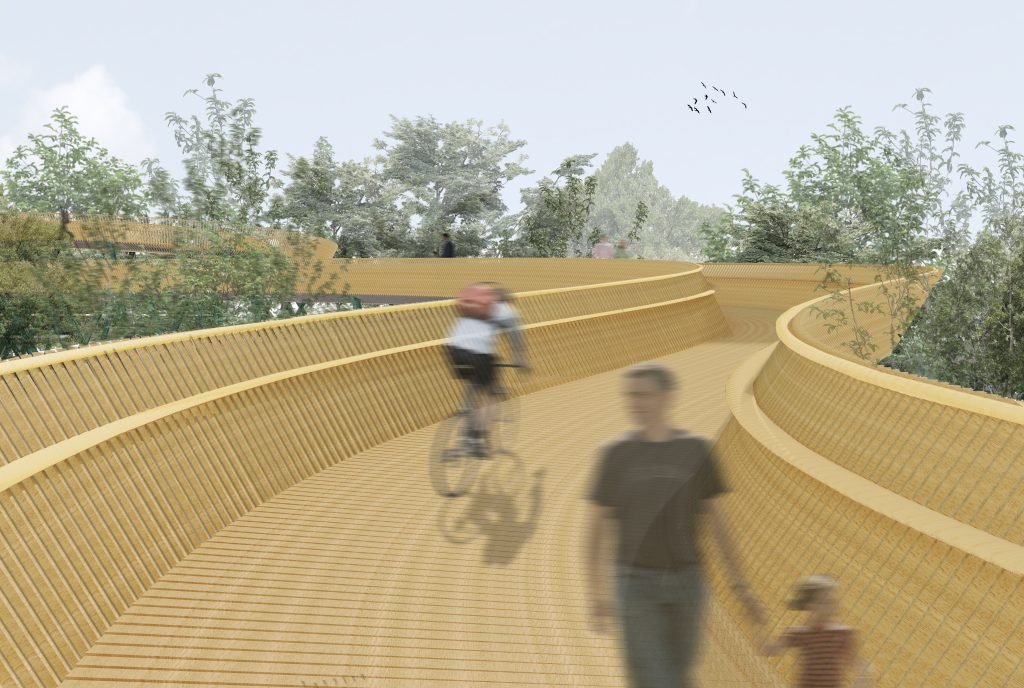
The Meridian Water footbridge design enables the involvement of the local carpentry industry
She describes the incorporation of placemaking into infrastructure design at industry level as “patchy”, with some projects doing great things while others are “missing the opportunity entirely”.
“It takes a client to value it and seek it, it takes the community to allow it to happen through partnerships or initiatives, and it takes the design team to believe and understand the value,” says Ramsden.
“I think for the last 20 years, the conversation about placemaking has been growing and there is more understanding of the need to consult and be informed about it,” says Donnelly.
“It is now being referenced in all sorts of planning legislation,” she continues. “If you look at the Environmental Impact Assessment process, it is asking you to understand the context that you are sitting in and respond. And we are very familiar with that in terms of ecology, but you also have cultural heritage and visual impact.”
The fact that place has been chosen by the National Infrastructure Commission’s design principles – alongside climate, people and value – is also a recognition of placemaking’s importance.
This is also being recognised by many infrastructure owners. Donnelly notes that utility companies are paying particular attention to placemaking because they aim to minimise consenting risk and leave a positive legacy.
Patience believes that High Speed 2 (HS2) Ltd is a client that has made a difference in this field. “They had a design vision set out at the beginning of the project that all design teams had to take on, which had three themes: people, place and time. It has made engineering firms and architects really think about the places that we’re building infrastructure.”
For the last 20 years, the conversation about placemaking has been growing and there is more understanding of the need to consult and be informed about it
Other reasons for the increased attention to placemaking cited by Patience include the increased involvement of architects in infrastructure projects, as well as design review panels. “Having regular design reviews helps to ensure that every aspect of design is being interrogated, whether that is placemaking or sustainability.”
Implementation
Osborne says the greater focus on placemaking has brought back the recognition of stations as “huge civic assets to communities”.
“Stations are the obvious thing that create a place, because they instantly create a gateway into a location,” says Patience.
The Abbey Wood railway station in south-east London, designed by Fereday Pollard, is an example of a station project where placemaking influenced design.
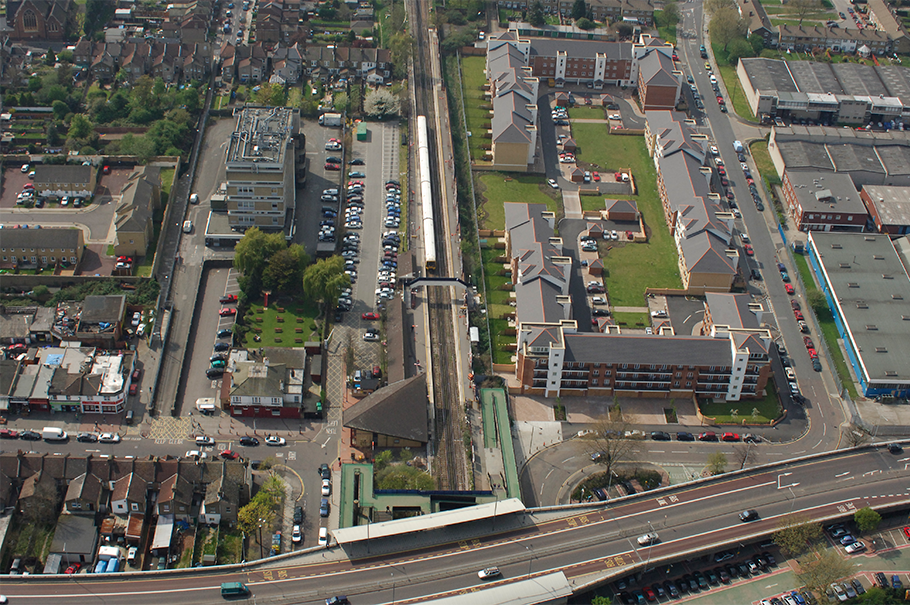
Abbey Wood Station before (Credit: Fereday Pollard)
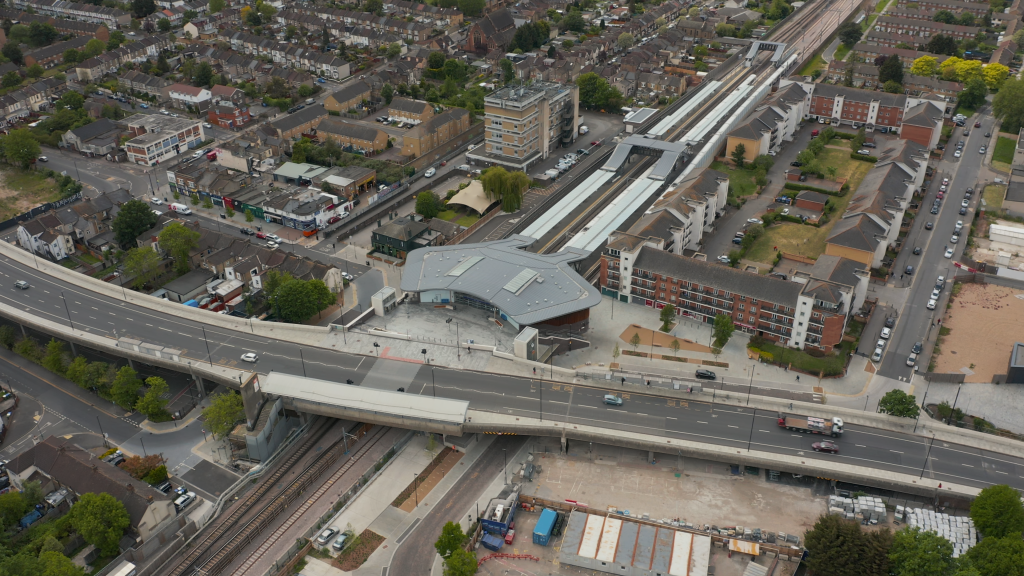
Abbey Wood Station after (Credit: Fereday Pollard)
The neighbourhood around the station was challenged by infrastructure projects which caused fragmentation of the area - the railway running east to west which cut the old high street in two and the Harrow Manorway flyover running north to south. This meant that people had to negotiate zig-zag ramps and underpasses to navigate both the station and the town.
Key to the design of the new station was its integration with an improved, elevated flyover, making it easier for both cyclists and pedestrians to get from one side of the railway to the other. Donnelly adds that they designed “generous open staircases” and included lifts to improve accessibility.
Linking the new station to the history of Abbey Wood was also important. The area has a connection with 19th century designer and craftsman William Morris, and that inspired the choice of timber for some station elements. The most characteristic is a curved 25x25m clear span timber roof over the station building.
Patience points to HS2’s Curzon Street Station, currently being constructed in Birmingham, as another station design where placemaking was heavily considered. He says public spaces and connections with other modes of transport were created to encourage greater engagement by the users.
He adds that the decision to restore the Philip Hardwick’s Grade I Listed 1838 London to Birmingham railway terminus building was also linked to that outcome: “We are respecting the historic fabric of the location, which in turn builds a sense of place.”
Bridges represent another infrastructure type where clients are promoting placemaking. Osborne emphasises that a good bridge design should deliver more than just functional connectivity.
He says: “The design process for bridges can be quite methodical. You look at where people are, how they move around and their desires, and the obstacles in the way of that movement. You map desire lines, create alignments, look at typical typologies for the bridge and then you refine it from there. If that was all you were trying to do, there would only be five different types of bridge. But in reality, you’re trying to enhance the place with that structure as well as connect the place, which makes the brief more interesting and the designs more unique.”
Patience stresses the importance for a bridge structure to have a relationship with its context, pointing to the Colne Valley Viaduct design that Grimshaw is involved in.
HS2’s 3.4km long Colne Valley viaduct will be crossing a series of lakes and dense woodland between Hillingdon and the M25 on the northwest outskirts of London. The Colne Valley Regional Park, which the bridge spans, is being used for recreational purposes; meaning that people will be getting close to the structure.
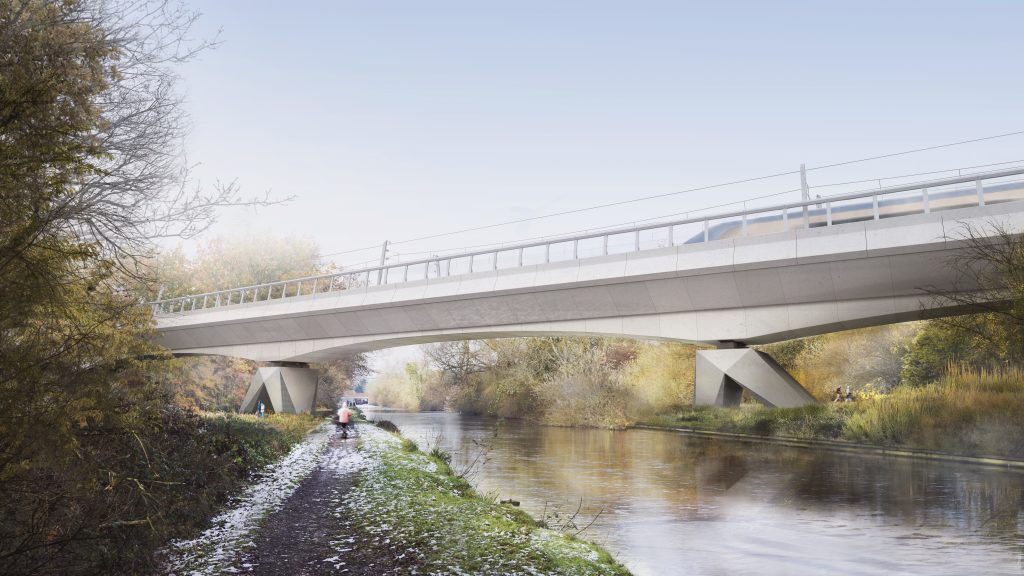
The design of Colne Valley Viaduct’s piers and spans took landscape variations into consideration
(Credit: Grimshaw, Align JV)
The viaduct’s piers and spans were carefully designed according to the landscape. Impressive, 80m tall V-piers were chosen to preserve landscape views across the water, while for woodland areas, shorter spans will be deployed to maximise headroom beneath the structure.
The viaduct requires fixed buttresses to transfer train braking loads into the ground and portals to allow thermal expansion at regular intervals. These have been strategically located where the railway crosses key features in the valley landscape. Great care has been taken to express these essential buttresses and portals as visibly special structures, unique to their function and locations.
“Uniqueness in itself becomes something that people want. It’s quite hard to create strong placemaking with generic design. People tend to want something to differentiate their area from others,” says Osborne.
This was the case with the new bridge Knight Architects designed for the village of Pooley Bridge in Cumbria (headline image), which opened in 2020.
The village took its name from a Grade II listed three-span stone arch bridge built in 1764, which was destroyed in the floods of December 2015. A temporary Bailey bridge was installed soon after to offer connectivity.
“During the process of designing the new bridge, one of the questions we asked [the local community] was ‘What was lost that was not replaced by the temporary bridge?’. The answers focused on placemaking – things about identity and locale, things that would make it their bridge,” says Osborne.
With the bridge having to be of different type to the original for flood reasons, Knight Architects focused on uniqueness to create the sense of pride for the local community. The new 40m span open-spandrel arch bridge is a composite stainless steel and concrete structure – the first of its kind in the UK.
Osborne believes that the new bridge is a great example of placemaking and describes the effect of incorporating this concept successfully into infrastructure design: “A new bridge that recognises how people want to use it, and the unique value of a place, becomes useful. When it becomes useful, it is used. When it is used, it becomes loved. When it becomes loved, it becomes protected.”
Like what you've read? To receive New Civil Engineer's daily and weekly newsletters click here.
 New Civil Engineer Civil engineering and construction news and jobs from New Civil Engineer
New Civil Engineer Civil engineering and construction news and jobs from New Civil Engineer
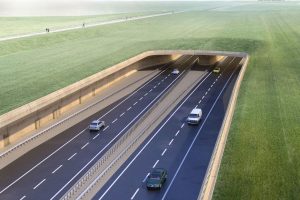
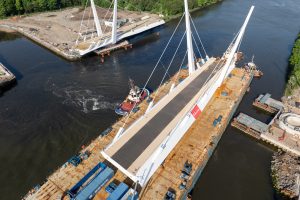
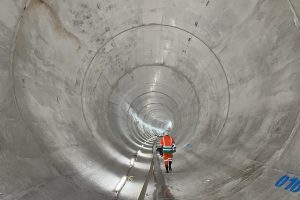

Have your say
or a new account to join the discussion.